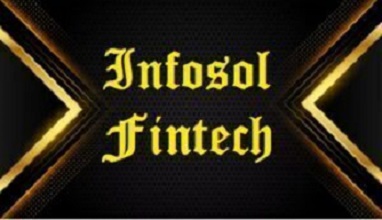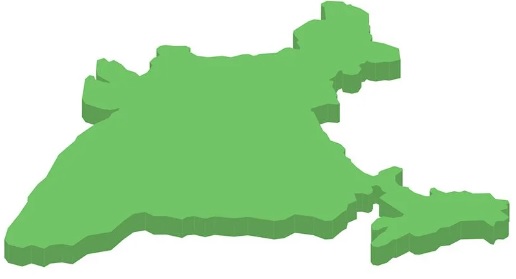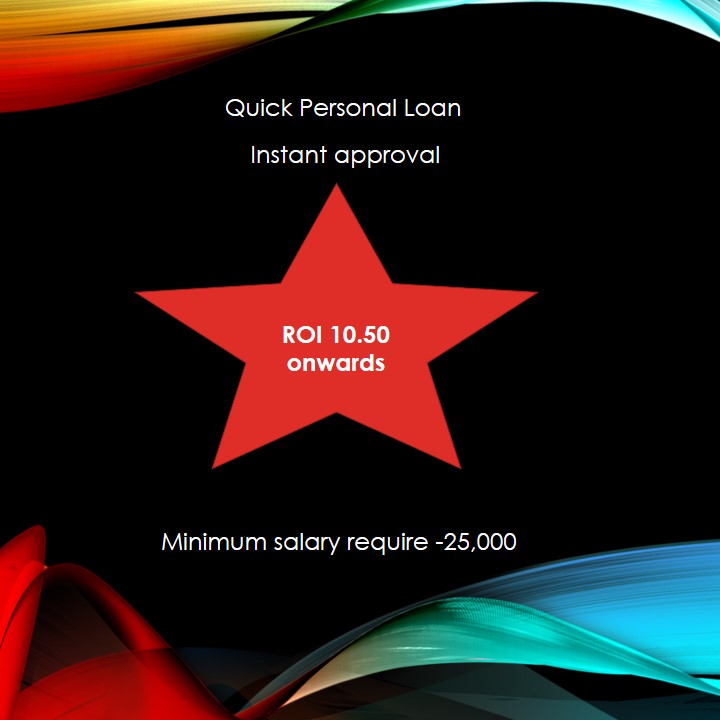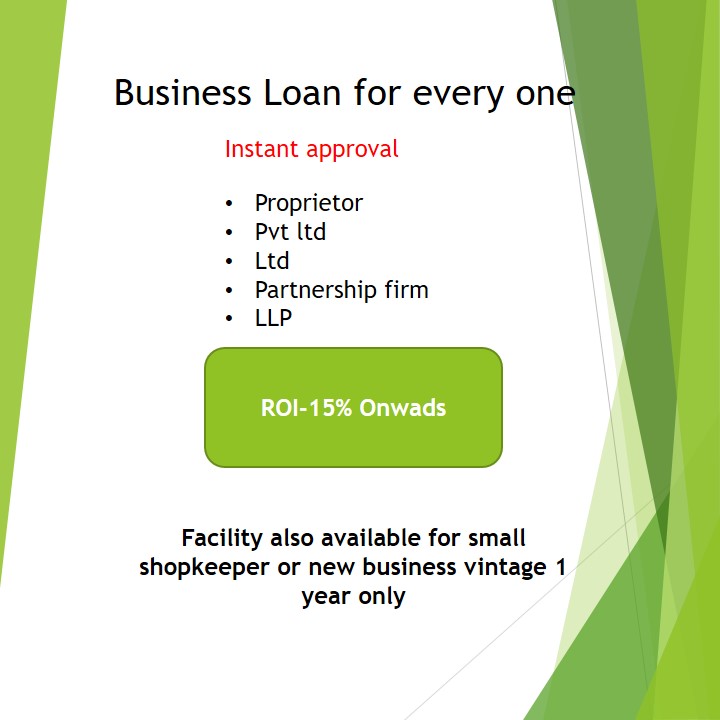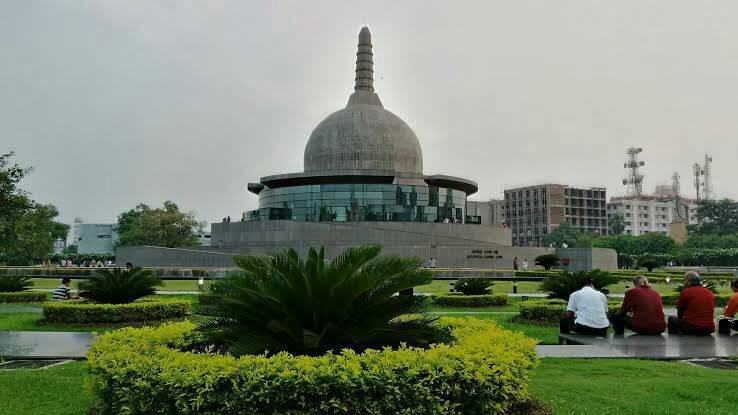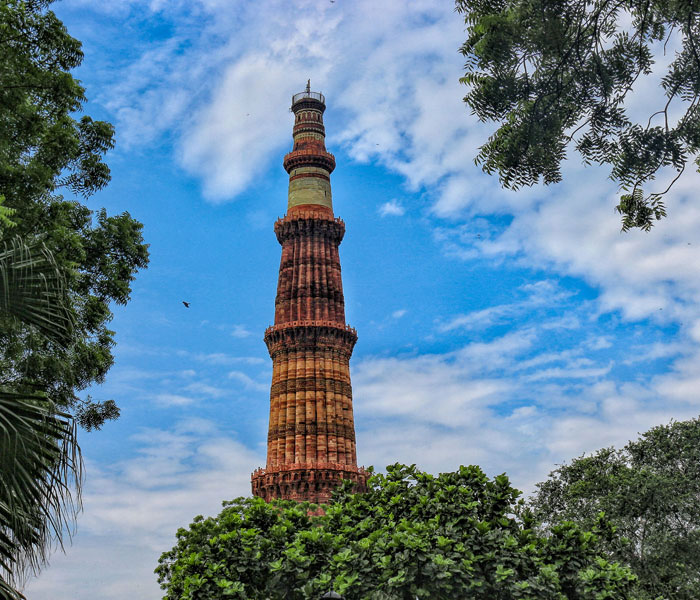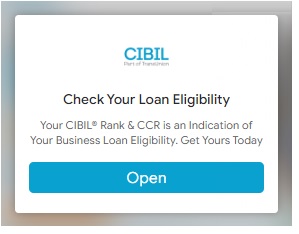Difference Between MUDRA and ECLGS Loans
The Indian financial system has witnessed various schemes designed to support and encourage businesses, especially small and micro enterprises. Among these, the
MUDRA (Micro Units Development and Refinance Agency) loan and
ECLGS (Emergency Credit Line Guarantee Scheme) loans are two significant initiatives that have been implemented by the Government of India to provide much-needed financial assistance. Although both these schemes aim to support businesses, particularly micro, small, and medium enterprises (MSMEs), they serve different purposes, cater to distinct needs, and have varied eligibility criteria. This article delves into the differences between MUDRA and ECLGS loans, examining their objectives, eligibility, features, and benefits in detail.
MUDRA Loan
MUDRA loans were launched in April 2015 by the Prime Minister of India, Narendra Modi, under the Pradhan Mantri Mudra Yojana (PMMY). The primary objective of MUDRA loans is to provide financial support to micro and small businesses that do not have access to formal credit. These loans are particularly aimed at businesses in the non-corporate sector, including micro and small enterprises, retail traders, and artisans.
Key Features of MUDRA Loans:
- Loan Amount: MUDRA loans are classified into three categories based on the loan amount:
- Shishu: Loans up to ₹50,000 for startups or very small businesses.
- Kishore: Loans ranging from ₹50,001 to ₹5 lakh for businesses that have a moderate track record.
- Tarun: Loans between ₹5 lakh and ₹10 lakh for established businesses with a better financial history.
- Purpose: The loans are meant for funding various business activities, such as purchasing machinery, upgrading technology, working capital, or expanding operations.
- Interest Rates: MUDRA loans come with competitive interest rates, typically ranging from 7% to 10%, depending on the type of business and the lending institution. The rates vary according to the risk profile of the borrower.
- Collateral: MUDRA loans are typically collateral-free, making them accessible to entrepreneurs who do not have assets to pledge. However, the lending institution might ask for some form of guarantee for higher loan amounts.
- Repayment: The loan repayment tenure for MUDRA loans varies from 3 to 5 years, depending on the loan type.
- Eligibility: MUDRA loans are available to Indian citizens who operate non-corporate, non-farm businesses in the manufacturing, trading, or services sector. These loans are especially beneficial for women entrepreneurs, who are given priority under the scheme.
- Approval Process: The approval process for MUDRA loans is relatively simple and fast, with minimal documentation required. The loans can be processed by scheduled commercial banks, regional rural banks, microfinance institutions, and NBFCs (Non-Banking Financial Companies).
ECLGS Loan
The
Emergency Credit Line Guarantee Scheme (ECLGS) was introduced in May 2020 by the Government of India as part of the economic package to combat the adverse effects of the COVID-19 pandemic. The scheme was aimed at providing urgent financial relief to MSMEs and other businesses that were struggling due to the pandemic’s economic disruptions. The government guaranteed loans to businesses, enabling them to access additional working capital without any collateral.
Key Features of ECLGS Loans:
- Loan Amount: The ECLGS loan amount is determined based on the applicant's outstanding credit or annual turnover. The loans are capped at 20% of the borrower’s total outstanding credit as of February 29, 2020, for MSMEs, and up to ₹10 crore for large enterprises.
- Purpose: The loan is intended to meet the working capital needs of businesses that were hit hard by the COVID-19 crisis, such as payment of wages, rent, and other operational expenses.
- Interest Rates: The interest rate for ECLGS loans is capped at 9.25% per annum. The rate is highly subsidized, providing relief to businesses struggling due to the pandemic.
- Collateral: ECLGS loans are collateral-free, and no additional guarantees are required for the loan. The scheme also covers the risk of default by the borrower through a government-backed guarantee.
- Repayment: The repayment tenure for ECLGS loans is up to 4 years, with a moratorium period of 12 months from the date of the loan disbursement. This gives businesses time to stabilize their operations before they begin repaying the loan.
- Eligibility: To be eligible for ECLGS, businesses must have a valid credit facility with a scheduled commercial bank, a regional rural bank, an urban cooperative bank, or a financial institution. The business must have experienced a loss of turnover or revenue due to COVID-19 and must be categorized as an MSME, a micro-enterprise, or a large enterprise (depending on the size of the loan).
- Approval Process: The approval process for ECLGS loans is also simplified, and the loans are processed by lending institutions, which are responsible for verifying the eligibility of the applicant. The scheme was initially time-bound, but it has been extended several times as the pandemic continued to affect businesses.
Key Differences Between MUDRA and ECLGS Loans
- Objective:
- MUDRA Loan: Aimed at providing financial support to micro and small businesses for growth and expansion, especially those without access to traditional forms of credit.
- ECLGS Loan: Designed to provide emergency financial support to businesses suffering due to the COVID-19 pandemic by helping them meet their working capital requirements.
- Target Audience:
- MUDRA Loan: Focuses on micro, small, and medium businesses in non-corporate sectors such as retail, manufacturing, and services.
- ECLGS Loan: Primarily targets MSMEs that were financially impacted by the pandemic, although it has provisions for larger businesses as well.
- Loan Amount:
- MUDRA Loan: Loans range from ₹50,000 to ₹10 lakh, depending on the type of business and the financial stability.
- ECLGS Loan: Loans are up to 20% of the borrower’s outstanding credit or annual turnover, with a cap of ₹10 crore for larger businesses.
- Loan Purpose:
- MUDRA Loan: Primarily for the development, expansion, and modernization of businesses, including purchasing equipment and enhancing working capital.
- ECLGS Loan: Intended for working capital needs to address immediate financial crises caused by the pandemic, such as payment of wages and bills.
- Collateral:
- MUDRA Loan: Generally collateral-free but may require some form of security for larger loan amounts.
- ECLGS Loan: Collateral-free, with a government guarantee to cover defaults.
- Eligibility Criteria:
- MUDRA Loan: Available to Indian citizens running small businesses in the non-corporate sector.
- ECLGS Loan: Available to MSMEs that have a credit facility with a financial institution and have experienced a decline in revenue due to the pandemic.
- Repayment:
- MUDRA Loan: The loan repayment period is typically 3 to 5 years, depending on the loan amount and type.
- ECLGS Loan: The repayment period is up to 4 years, with a 12-month moratorium.
Conclusion
Both MUDRA and ECLGS loans are pivotal in providing financial assistance to Indian businesses, but they serve distinct purposes. MUDRA loans focus on empowering small entrepreneurs and micro-businesses to grow and expand, while ECLGS loans were introduced as an emergency measure to help businesses survive the financial challenges posed by the COVID-19 pandemic. The schemes cater to different needs and situations, offering various amounts of financial assistance with favorable terms, making them essential tools for supporting the MSME sector in India. Understanding the differences between these schemes is crucial for business owners to make informed decisions about their financial needs.



